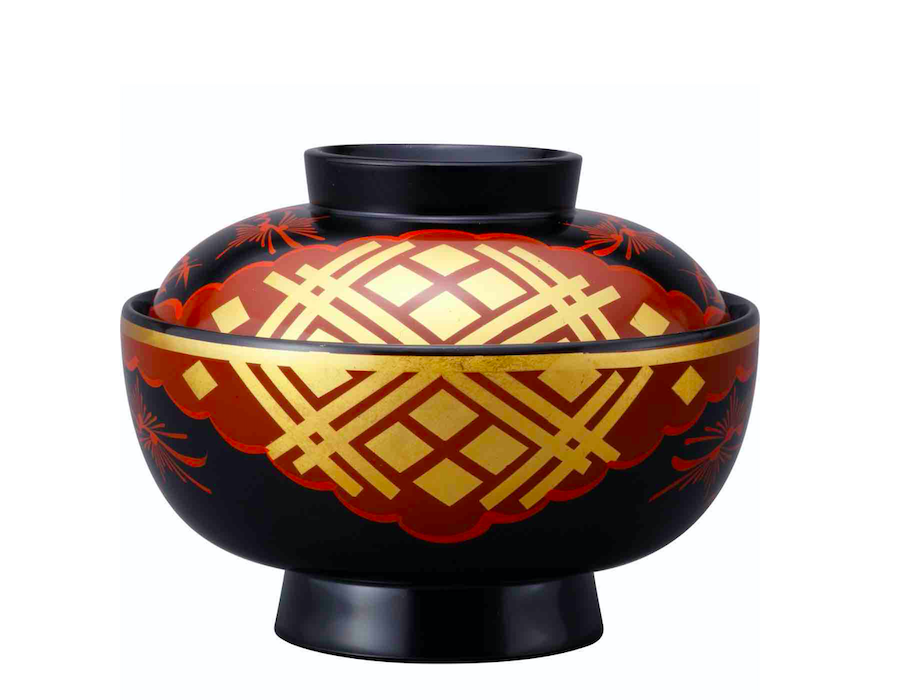Hi, everyone! It’s Kayskay again!
I am Japanese, but there are a lot of things I don’t know about Japan.
Maybe this is true to everyone, don’t you think?
Anyway, I should study more, and then introduce to you here what I have learned.
Today, I would like to introduce some of the things about “Japanese lacquerware.”
“Japanese lacquer” is called “urushi,” and “lacquering” is called “urushi nuri” in Japanese.
“Nuri” is a Japanese noun, and its verb form is “nuru,” whicn means “to paint or apply liquid or paste material on to a smooth surface of an object.”
So when you say “nuri” at the end of a term, like “urushi nuri,” that means “painting or applying ‘urushi’ on to a surface of something.”
To many Japanese people, “urushi” or “urushi nuri” are very familiar, because miso-soup bowls or chopsticks are usually “urushi nuri” products in every household.
But I did not know until now that there are more than “20” kinds of urushi-nuri techniques in Japan which are “authorized as traditional crafts”!
Many of them are named after the area name or region name.
For example, “Wajima Nuri” is namded after Wajima City in Ishikawa Prefecture, and “Aizu Nuri” is named after the Aizu area in Fukushima Prefecture.
At our website, we are introducing “Hidehira Nuri” products, but its name is not from a place.
It is from a person, Hidehira Fujiwara, who was a general of samurai in the 12th century.
It is said that Hidehira Fujiwara came to the Oshu area (which is in Iwate Prefecture), and gave orders to craftworkers to make a fine soup bowl using urushi and gold foil, which is said to become “Hidehira Bowl.” (Hidehira Bowl)
(Hidehira Bowl)
Well, it’s getting too long now, so I should stop here.
I will continue writing in the later articles.
